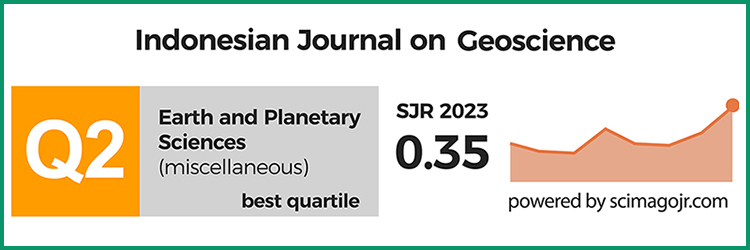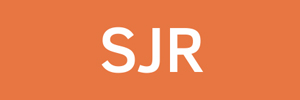Geochemical Characterization of Coal, Carbonaceous Shale, and Marine Shale As Source Rock in West Sulawesi, Indonesia
DOI:
https://doi.org/10.17014/ijog.9.3.303-314Keywords:
coal, carbonaceous shale, marine shale, West SulawesiAbstract
DOI:10.17014/ijog.9.3.303-314
The eastern part of the Makassar Strait has not achieved significant success in the petroleum exploration stage. In general, exploration wells in this area have not found hydrocarbons to date. Most of the problems experienced by these wells are geochemical-related, including the absence of a source rock where the hydrocarbon is formed, immature source rock, and low volume of hydrocarbon. Therefore, this study aims to find potential Eocene source rock in West Sulawesi. It commenced by determining the paleofacies followed by the geochemical analysis of well cutting and surface samples. The geochemical analyses conducted are total organic carbon (TOC), rock eval pyrolysis (REP), kerogen type, vitrinite reflectance (VR), and gas chromatography/mass spectrometry (GC/MS). The samples that have a potential as an Eocene source rock were coal, as well as carbonaceous and marine shale. Based on the plotting of relative abundance for sterane (C27 - C29), the coal and carbonaceous shale had the input from terrestrial organic material with a contribution from marine, while marine shale had the input from marine organic material and contribution from terrestrial. Furthermore, coal and carbonaceous shale had a relatively high proportion of C29 sterane compared to C27 and C28, while marine shale had a relatively high proportion of C27 compared to C28 and C29. The higher plants also contributed to the organic matter in carbonaceous shale and coal samples, as indicated by the abundance of oleanane/C 30 hopane and the other significant content of resin biomarker. In accordance with the objectives of the study, it was found that during the Eocene, the type of source rock in the eastern side of the province varied, starting with coal and carbonaceous shale in the upper intertidal-fluviodeltaic environment, and marine shale sediments from the source facies of marine algal.



















